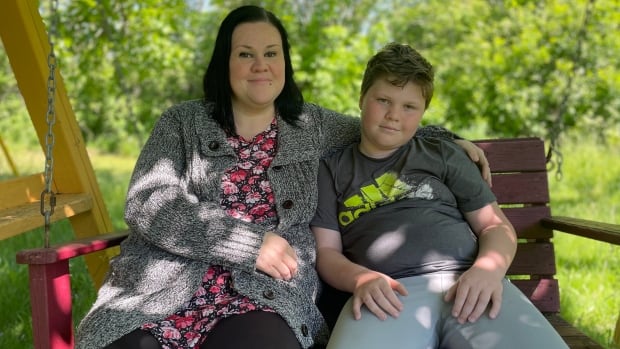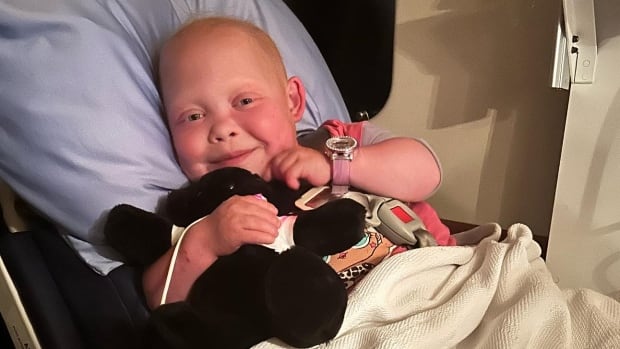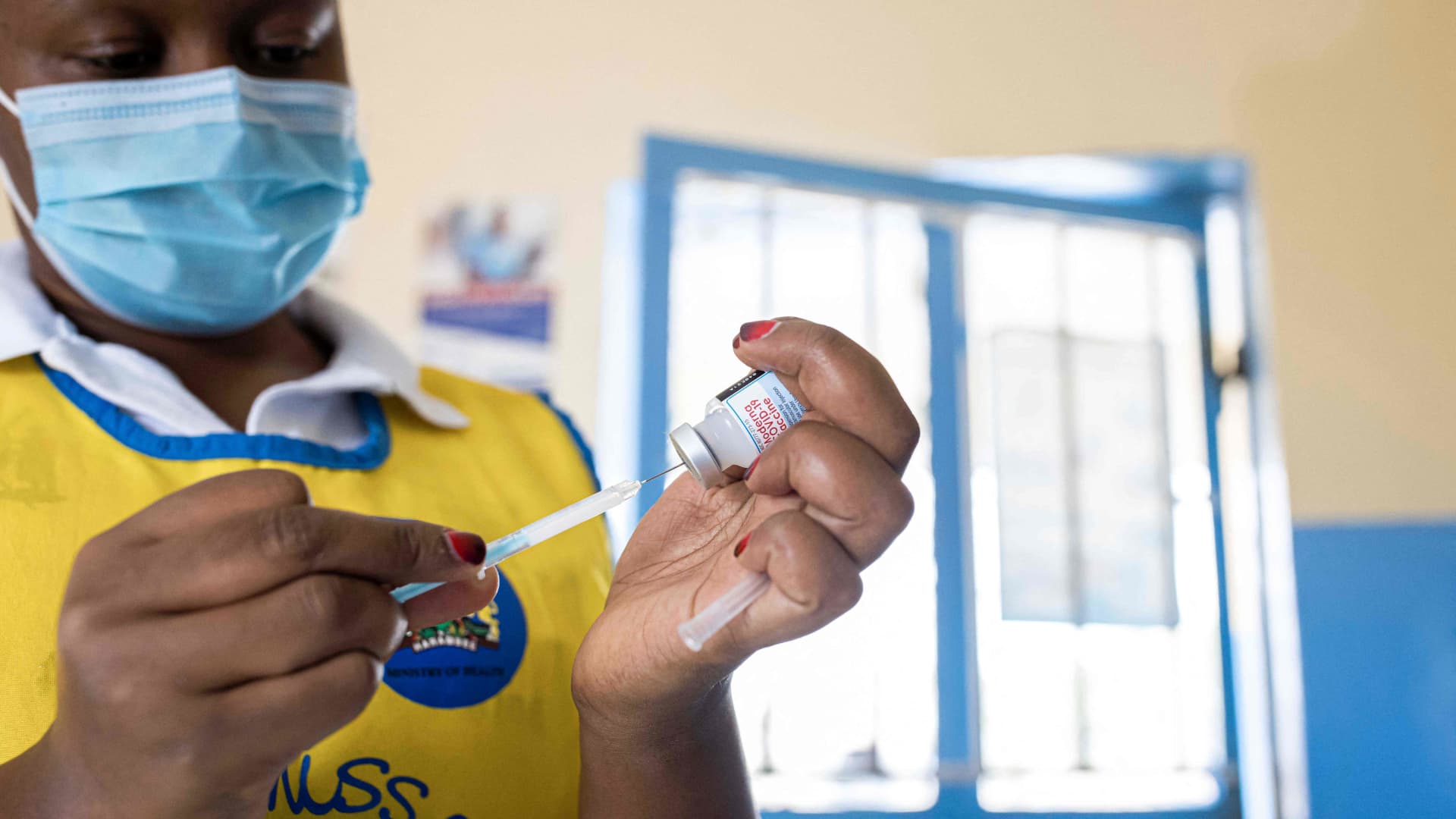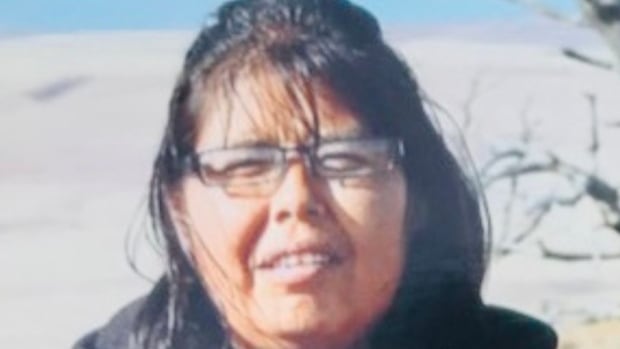Ten-year-old Xavier is supposed to be in elementary school in Summerside, P.E.I., from September to June. Instead, he has been home with this mother, Shirley-Ann Muncey, every day since January.
After years of battling to get him to go to school each morning, constant calls to come pick him up, and failed requests for more in-school supports for her son, Muncey gave up.
“There’s just a lot of gaps in the system, and it feels like the school system is broken and people like my son fall through the cracks,” she said.
“Honestly, it’s been the most frustrating struggle of our lives to get him the education he deserves.”

Xavier was diagnosed with autism earlier this year. He also has attention deficit hyperactivity disorder (ADHD) and anxiety.
The assessment, made by a clinical psychologist, said Xavier would benefit in school from “individual support by an educational assistant (EA) or youth worker.”
Muncey said there is a shared EA in his classroom of 24 students, but he hasn’t been able to get a one-on-one worker.
“They’ve made it clear there is no EA for him,” Muncey said. “There’s no way he could get the support he needs.”
Shirley-Ann Muncey says she’s tried to help get her son, Xavier, back in P.E.I.’s public school system for years, but his autism and a lack of support in the classroom leads him to spiral and end up back at home.
Parents raising concerns with child advocate
P.E.I.’s child and youth advocate, Marvin Bernstein, said he’s been hearing similar stories from a growing number of parents whose children have autism and other complex needs and who aren’t attending school full time, or at all, for weeks or months at a time.
Bernstein said some parents, like Muncey, have reluctantly pulled their children from school.
Clearly, in my mind, rights are being violated— Marvin Bernstein, P.E.I. child and youth advocate
In other cases, Bernstein said, school officials have made the decision after running into challenges managing students’ behaviour.
“What we’re hearing is that there isn’t any clear indication as to the justification for removing these students,” Bernstein said.
“Some of the explanations that have been reported to us are ‘well, there needs to be a cooling-off period.’ Or ‘there aren’t enough adult staff members,’ or ‘there are safety considerations.’ Or there may be some statement to the parent — ‘can you develop a plan for your child that brings forward something that’s manageable?’
“Surely the onus should be on the school authority to develop a plan that will be able to accommodate that student.”

Bernstein said most parents raising concerns with him haven’t been provided with an alternative education plan and resources for their children while they’re out of school.
“P.E.I.’s Education Act provides for the right to access education. And there are many different pieces of legislation that speak to the right of non-discrimination … so clearly, in my mind, rights are being violated,” he said.
“Obviously this process of removing children from school because they have a particular disability, is something that has been given approval. From where, I don’t know. And on what basis, I don’t know. And the scope and prevalence of the issue, I don’t know.”
Limited data available
For months now, Paula Biggar has been trying to find out how prevalent this issue is.
The former provincial cabinet minister and retired educational assistant has a 10-year-old grandson with autism, who she said faced behavioural challenges in school often triggered by “sensory overload.”
“They don’t have the appropriate spaces.They don’t have the appropriate transitional calming areas for the child to be able to go into,” Biggar said. “In our case, the school had to resort to cleaning out a storage closet for my grandson to work in when he is there. So, that’s inappropriate — not on the school’s part, but the system’s part.”
Staff placed her grandson on a part-time schedule in October — just a couple of hours in school each day. Biggar looks after him the rest of the day so her daughter can continue working.

Biggar heard similar stories from members of the P.E.I. Autism Parents/Adults With ASD Facebook group.
In May, she filed freedom of information requests with P.E.I.’s Public Schools Branch (PSB), to find out how many Island students with autism and other special needs aren’t in school full time, and how that number’s changed over the last three years.
The PSB responded, saying it doesn’t track and record overall data on the number of students on reduced schedules, or the reasoning behind it, and that the numbers fluctuate throughout the year.
One-week snapshot
It did provide Biggar with data from one week — June 1-6, 2024 — on “the current number of students on a reduced school schedule by grade who are on the caseload of an autism consultant, or an inclusive [education] consultant.”
The data showed 24 students were on reduced schedules that week — that is, out of school at least one hour per day. Another 19 didn’t attend school at all.

Biggar also requested data on the number of students with complex needs who are being homeschooled.
She was told that while P.E.I.’s Education Department does record the overall homeschool number — 295 this past year — it doesn’t track how many of those students have complex needs, or the reasons why they’re being homeschooled.
“In order to respond to and create an equitable education system, there needs to be daily tracking for all children who are absent,” said Biggar. “The data I was able to obtain is incomplete … it gives the appearance of ‘out of sight, out of mind,’ which is unacceptable.”

Raeanne Adams, the PSB’s director of student services, acknowledges that tracking absences and the reasons behind them “is an area we need to work on more.”
But she maintains teachers and support staff are doing the best they can to ensure students with complex needs and behavioural challenges are in school, with the right supports to keep them there.
In cases where students are put on a reduced schedule, she said staff and parents work on a plan to try to get them back full time.
Raeanne Adams, the P.E.I. Public Schools Branch’s director of student services, says there are many kids in P.E.I. schools with complex needs. She says having a plan to support their learning in the classroom is a high priority.
“It depends on the need of the child. This isn’t a one-size-fits-all approach. Some students find it very difficult in our school environment — and need maybe a shorter period of time — to work on the necessary skills, to be able to tolerate the school environment,” Adams said.
“When we’re looking at these plans, we would hope there would be a gradual transition and gradual phase back to when the student can be in the building full time.”

‘A balancing act’
Andy Doran, the president of the P.E.I. Teachers’ Federation, said the issue is challenging for staff.
“You have all these complex needs and different situations, but on top of that if there’s violence in the classroom, that supersedes everything. Sometimes classrooms have to be evacuated. It disrupts the learning of everyone in the school,” Doran said.
“For anyone to sit back and say ‘well kids should just be in school,’ well they don’t know the education system. For someone to sit back and say, ‘well kids should be out of school if they’re violent with no plan to return,’ well they don’t know the education system. So for us, it’s a balancing act.”
What we need to do is listen to those behaviours, because the children are telling us they’re frustrated— Jacqueline Specht, director of the Canadian Research Centre on Inclusive Education
This isn’t only happening in P.E.I. schools.
In May, New Brunswick’s child and youth advocate released a report saying schools in that province are increasingly putting students with disabilities or behavioural challenges on partial-day plans.
Jacqueline Specht, the director of the Canadian Research Centre on Inclusive Education, said it’s a problem across the country.
“I think oftentimes when kids are removed from the classroom it’s because they are exhibiting behaviours that seem problematic to people,” Specht said. “What we need to do is listen to those behaviours, because the children are telling us they’re frustrated.”
She said more staff and better training would go a long way.
Bruce Petherick, the autistic advocate with Autism Canada, agrees.
“We are failing a large percentage of our school population because these supports are not available,” he said. “Across the country, we can be looking at different ways for how to efficiently use EAs … and more and better education for classroom teachers on how to handle neurodivergent learning styles, and a lot more work on de-escalation techniques.”

Krista MacGillivray thinks better staff training could’ve made all the difference for her 18-year-old son, Julian. He has autism, is non-verbal, and has spent most of his school days in resource rooms with one-on-one support from educational assistants — only some of whom were trained and certified.
At times, MacGillivray said his school’s called her to come pick Julian up “almost daily” because they couldn’t control his aggressive behaviour. Last year, his schedule was reduced to two hours a day.
“For me, it always has to go back to the level of training a person has when they’re working with high-needs students,” MacGillivray said.
“If it’s not there, you’re going to get these results. You’re going to get children offered less time at school.”
Inclusive education action plan coming, province says
No one from P.E.I.’s Education Department was made available for an interview.
The department recently released a draft inclusive education action plan, and has put out a call for public feedback.
The plan includes more training opportunities for teachers and EAs, and “additional classroom and school-level supports to help provide academic and behavioural supports to students.”
MacGillvary said parents like her will keep pushing for inclusion.
“You get to a point where you have to speak out, and I think a lot of parents have come to that point,” she said.
“I’m reasonable. I think it’s going to take time to improve these things. But the first step is to admit to them. The second step is improving them and being honest with parents. Nothing will be easy. It will be hard. But we have to demand better for these kiddos.
“There are too many people out there that can’t speak out for themselves.”









